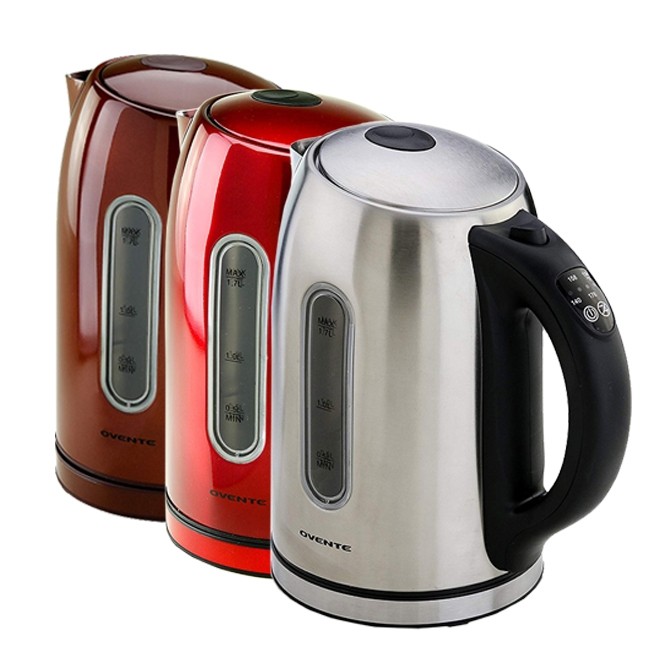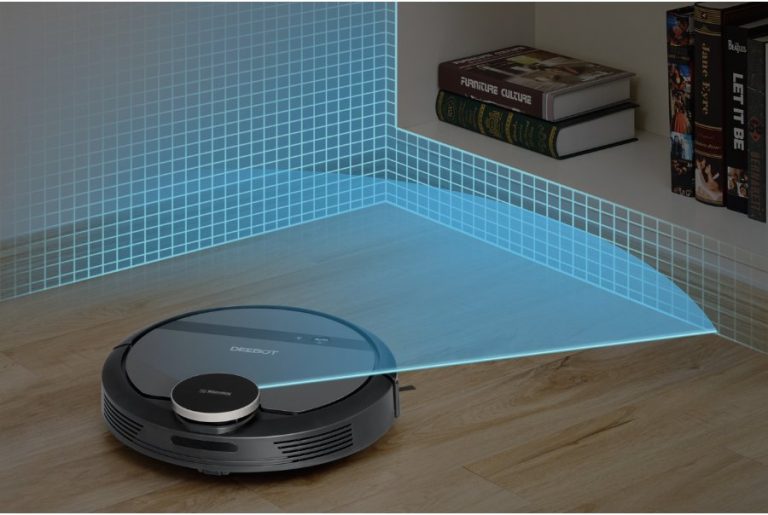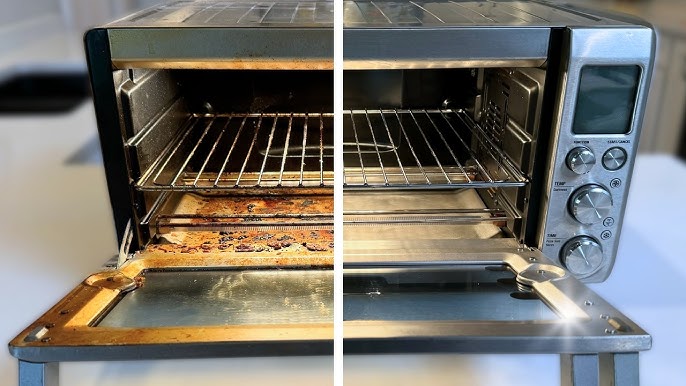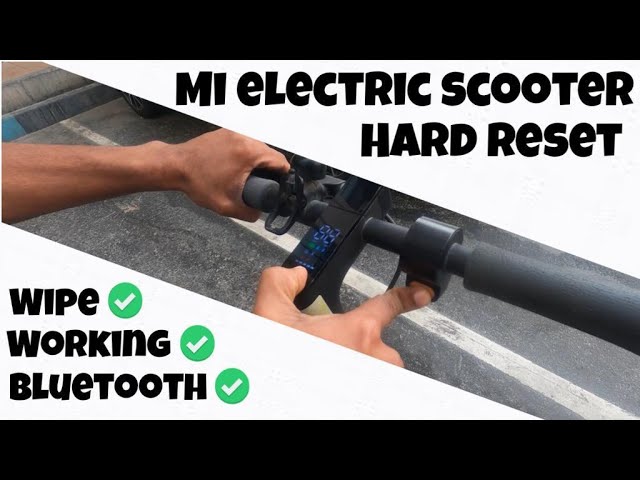How to Use Pool Robot Vacuum: Effortless Cleaning

To use a pool robot vacuum, place it in the water and turn it on. Ensure it’s properly connected and monitor its progress.
A pool robot vacuum simplifies pool maintenance by automating the cleaning process. These devices are designed to scrub, vacuum, and filter debris from the pool, making it an essential tool for pool owners. With advanced features like programmable timers and remote controls, these robots can efficiently clean various pool surfaces.
Investing in a pool robot vacuum can save you time and effort, ensuring your pool remains clean and inviting. By understanding how to use it correctly, you maximize its benefits and prolong its lifespan. Regular use keeps your pool sparkling clean with minimal manual labor.
:max_bytes(150000):strip_icc()/Dolphin-Nautilus-CC-Plus-Robotic-Pool-Cleaner-1-9e519731265c4f41b027311a5485cb71-e0c9f9def7794c6b87e25e116828be1c.jpg)
Credit: www.thespruce.com
Introduction To Robotic Pool Cleaners
Robotic pool cleaners are automatic devices. They clean your pool with minimal effort. These gadgets are efficient and easy to use. They save time and energy for pool owners. Robotic pool cleaners are a great investment for maintaining a clean pool.
Benefits Of Using A Pool Robot Vacuum
- Time-Saving: The robot does the cleaning, so you don’t have to.
- Energy-Efficient: Modern units are designed to use less power.
- Thorough Cleaning: They reach every corner and crevice.
- Low Maintenance: Most models are easy to maintain.
Evolution Of Pool Cleaning Technology
Pool cleaning has come a long way. Manual cleaning tools were the norm. Then, suction and pressure cleaners entered the market. Today, robotic pool cleaners are the latest innovation. They are smart and highly effective.
Early robotic cleaners were basic. They could only clean the pool floor. Modern robots can clean walls and waterlines too. Technological advancements have made these robots more user-friendly. They are now equipped with advanced sensors and AI.
Selecting The Right Pool Robot Vacuum
Choosing the right pool robot vacuum can make your pool maintenance easier. With many options available, it’s crucial to pick the right one. This section will guide you through the key features and types of pool robot vacuums.
Key Features To Consider
When selecting a pool robot vacuum, focus on these essential features:
- Filtration System: A good filtration system ensures clean water.
- Cleaning Cycle Time: Shorter cycles save time and energy.
- Climbing Ability: Some vacuums can clean walls and steps.
- Energy Efficiency: Energy-efficient models reduce electricity costs.
- Weight: Lighter models are easier to handle and store.
Types Of Pool Robot Vacuums
Pool robot vacuums come in different types to suit various needs:
- Suction-Side Pool Vacuums: These attach to your pool’s filtration system. They are usually affordable and easy to install.
- Pressure-Side Pool Vacuums: These use water pressure to move and clean. They are good for larger debris.
- Robotic Pool Vacuums: These are the most advanced and efficient. They operate independently and often have smart features.
| Feature | Suction-Side | Pressure-Side | Robotic |
|---|---|---|---|
| Installation | Easy | Moderate | Easy |
| Cost | Low | Medium | High |
| Efficiency | Basic | Good | Excellent |
| Debris Handling | Small | Large | All sizes |
Preparation Before Deployment
Before using a pool robot vacuum, it’s important to prepare your pool. Proper preparation ensures the vacuum works effectively. Follow these steps for optimal results.
Checking Pool Chemistry
Check the pool’s chemical levels before using the robot vacuum. Proper pool chemistry helps in keeping your pool clean and safe. Use a test kit to measure:
- pH levels: Ideal range is 7.2 to 7.6.
- Chlorine levels: Ideal range is 1 to 3 ppm.
- Alkalinity: Ideal range is 80 to 120 ppm.
Adjust these levels if they are not within the ideal range. Balanced chemistry prevents algae and other issues.
Removing Large Debris Manually
Remove large debris manually to help your robot vacuum. Use a pool skimmer or a net to take out leaves, twigs, and other big items. This prevents the vacuum from getting clogged.
- Skim the surface for floating debris.
- Use a pool rake for debris at the bottom.
Manually removing large debris makes the robot vacuum more efficient. Your pool will be cleaner and the vacuum’s lifespan will be longer.
Setting Up Your Pool Robot Vacuum
Setting up your pool robot vacuum ensures efficient cleaning. Follow the steps below for a smooth setup.
Assembling The Unit
Begin by unpacking your pool robot vacuum. Check all parts against the manual.
- Robot body
- Power supply unit
- Filter basket
- Cable
Next, assemble the robot. Attach the filter basket inside the robot body. Ensure it clicks into place.
Connect the cable to the robot. Make sure the connection is secure. Now, plug the cable into the power supply unit.
Finally, place the robot in the pool. Ensure it is submerged before powering it on.
Understanding The Settings
Check the settings on the power supply unit. Each setting controls different cleaning modes.
| Setting | Description |
|---|---|
| Standard | Normal cleaning mode for regular use. |
| Quick | Faster cleaning for a quick refresh. |
| Deep | Intensive cleaning for thorough dirt removal. |
Select the desired mode based on your pool’s needs. Press the start button to begin cleaning.
Monitor the robot during its first use. Ensure it moves freely and covers the entire pool.
Once done, switch off the power supply. Remove the robot from the pool. Clean the filter basket after each use.
Regular maintenance ensures your pool robot vacuum lasts longer and performs better.
Optimizing The Cleaning Cycle
Using a pool robot vacuum can save you time and effort. Optimizing the cleaning cycle ensures that your pool stays clean with minimal manual intervention. This section will guide you on how to determine the best cleaning frequency and how to map your pool for efficient coverage.
Determining The Frequency Of Cleaning
Regular cleaning keeps your pool water clear and safe. The frequency depends on factors like pool usage, surrounding environment, and weather conditions.
- If your pool is used daily, clean it every day.
- For weekly usage, clean it twice a week.
- During fall, clean more often to remove falling leaves.
Observe your pool and adjust the frequency as needed. Keeping a schedule helps in maintaining a clean pool.
Mapping Your Pool For Efficient Coverage
Proper mapping ensures the robot vacuum covers every part of your pool. Start by understanding the layout of your pool.
- Measure the dimensions of your pool.
- Identify obstacles like ladders and steps.
- Use these measurements to set up the vacuum’s cleaning pattern.
Some advanced pool robots have smart mapping features. These features help in creating an efficient cleaning path. This ensures no spot is left untouched.
By optimizing the cleaning cycle, you maintain a clean and inviting pool. Always follow the manufacturer’s instructions for the best results.
Maintenance Tips For Longevity
Maintaining your pool robot vacuum ensures it lasts longer and works efficiently. Following simple maintenance tips can extend its life and save you money.
Regular Cleaning Of The Filter
Clean the filter after each use to keep it efficient. A dirty filter can clog and reduce suction power. Remove the filter from the vacuum and rinse it thoroughly with water. Use a soft brush to scrub away stubborn dirt and debris. Let the filter dry completely before reinstalling it. Regular cleaning prevents blockages and keeps your pool sparkling clean.
Proper Storage Practices
Store your pool robot vacuum correctly to prevent damage. After each use, remove the vacuum from the pool and let it dry. Store it in a cool, dry place away from direct sunlight. Coil the cord neatly to avoid tangling and damage. Using a storage caddy can help keep everything organized. Proper storage extends the life of your pool robot vacuum.
| Maintenance Tip | Action |
|---|---|
| Clean Filter | Rinse and dry after each use |
| Store Properly | Keep in a cool, dry place |
Following these simple tips ensures your pool robot vacuum lasts longer and works better. Regular maintenance keeps your pool clean and saves you money.
Troubleshooting Common Issues
Encountering problems with your pool robot vacuum can be frustrating. This section helps you fix common issues. Follow these steps to keep your pool robot running smoothly. Ensure you understand each problem and its solution. Let’s dive into the details.
Dealing With Stuck Robots
Sometimes pool robots get stuck in corners or steps. Follow these steps to free your robot:
- Check for any obstructions in the pool.
- Ensure the robot’s wheels or tracks are clean.
- Inspect the cord for tangles.
- Try repositioning the robot in a different area.
If the robot still gets stuck, consider these additional tips:
- Use a pool brush to guide it.
- Adjust the float settings if available.
- Check the filter bag for debris.
Resolving Power And Motor Problems
If your pool robot is not turning on, check these points:
- Ensure the power outlet works.
- Verify the power cord is properly connected.
- Check the robot’s power switch.
- Look for any tripped breakers.
If the motor is running but the robot is not moving:
- Inspect the drive belts for wear.
- Check if the propellers are clear of debris.
- Ensure the impeller is not blocked.
If the problem persists, contact customer support for further assistance.
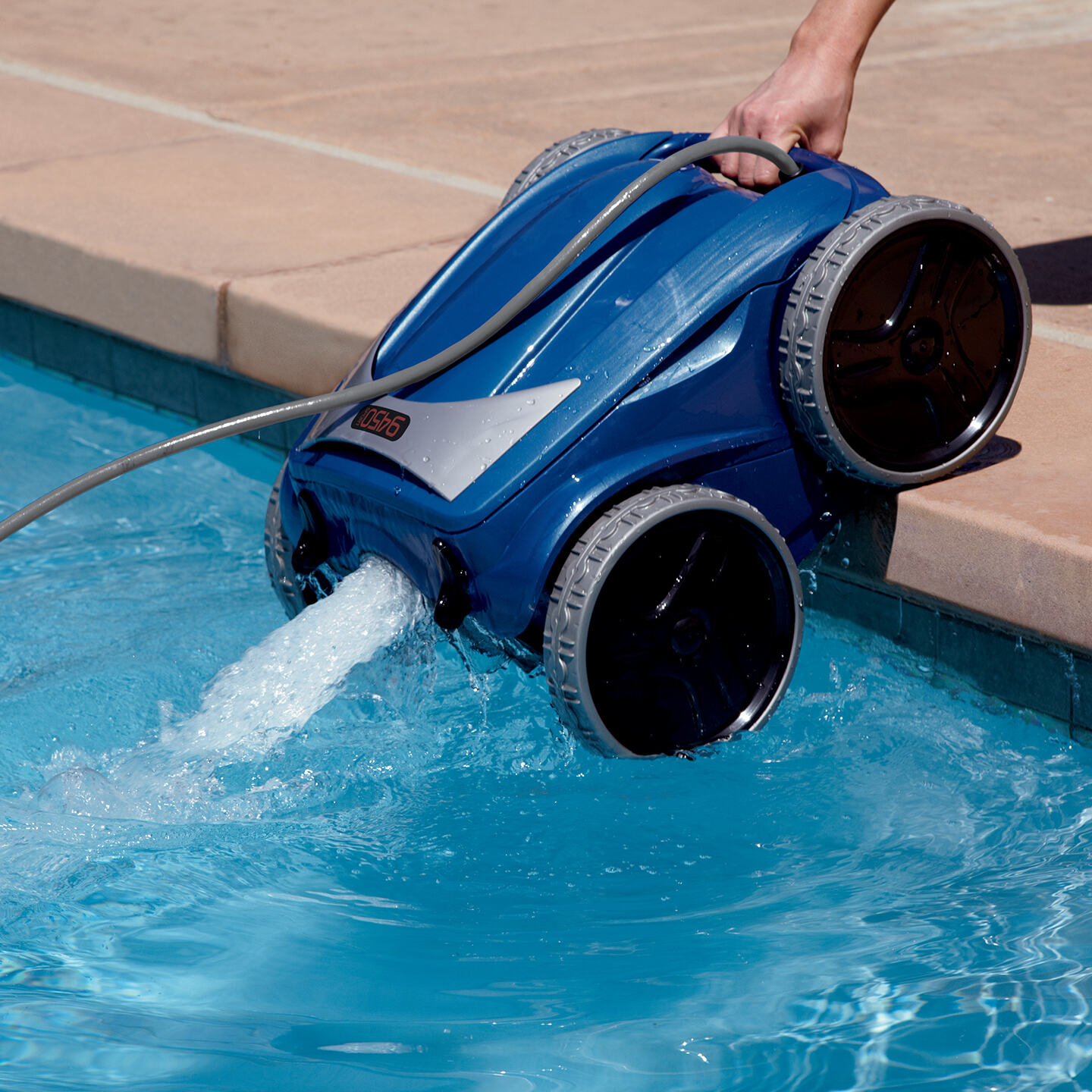
Credit: www.polarispool.com
Enhancing Your Pool Experience
Maintaining a clean pool enhances your enjoyment and relaxation. A pool robot vacuum can help you achieve this effortlessly. By pairing it with other cleaning solutions, you can ensure a sparkling pool all season long.
Pairing With Other Pool Cleaning Solutions
A pool robot vacuum works well with other cleaning tools. Here are some ways to boost its efficiency:
- Manual Skimmers: Use these to remove large debris from the surface.
- Pool Brushes: Scrub the walls and steps to loosen dirt.
- Chemical Treatments: Regularly check and balance the pool’s pH levels.
Combining these tools ensures a thorough clean. The robot vacuum handles the hard work, while you maintain the overall pool health.
Scheduling For Uninterrupted Use
Scheduling your pool robot vacuum optimizes cleaning times. Here’s a simple guide:
- Daily Cleaning: Set the vacuum to run every morning.
- Weekly Deep Clean: Schedule a longer clean once a week.
- Before Pool Parties: Run the vacuum a day before events.
Regular scheduling keeps your pool ready for use. It also reduces the chance of dirt buildup.
Using a pool robot vacuum makes pool maintenance easier. Pair it with other tools and schedule it for the best results.
Environmental Considerations
Using a pool robot vacuum is not only convenient but also environmentally friendly. Understanding how these devices impact the environment can help you make better choices. This section explores the energy efficiency and eco-friendly practices related to pool maintenance.
Energy Efficiency Of Robot Vacuums
Pool robot vacuums use less energy compared to traditional cleaning methods. They are designed to operate efficiently, reducing overall power consumption. Many models use advanced technology to optimize cleaning routes. This ensures minimal energy waste.
Here is a comparison of energy consumption:
| Cleaning Method | Energy Consumption (kWh) |
|---|---|
| Manual Cleaning | 1.5 |
| Automatic Pool Cleaner | 1.0 |
| Pool Robot Vacuum | 0.5 |
Eco-friendly Practices In Pool Maintenance
There are several eco-friendly practices you can adopt in pool maintenance:
- Use energy-efficient pool pumps.
- Install a solar pool cover.
- Regularly check and clean filters.
- Monitor and balance water chemicals carefully.
These practices not only save energy but also conserve water. A balanced chemical level reduces the need for frequent water changes. Solar pool covers help maintain water temperature and reduce evaporation.
By following these eco-friendly practices, you contribute to a healthier environment. Your pool stays clean and energy-efficient at the same time.
Conclusion
Mastering the use of a pool robot vacuum can simplify pool maintenance. Follow the steps outlined for efficient cleaning. Your pool will remain sparkling and inviting. Embrace technology for hassle-free upkeep. Enjoy more swim time with less effort. Make pool care a breeze with your new robotic assistant.
